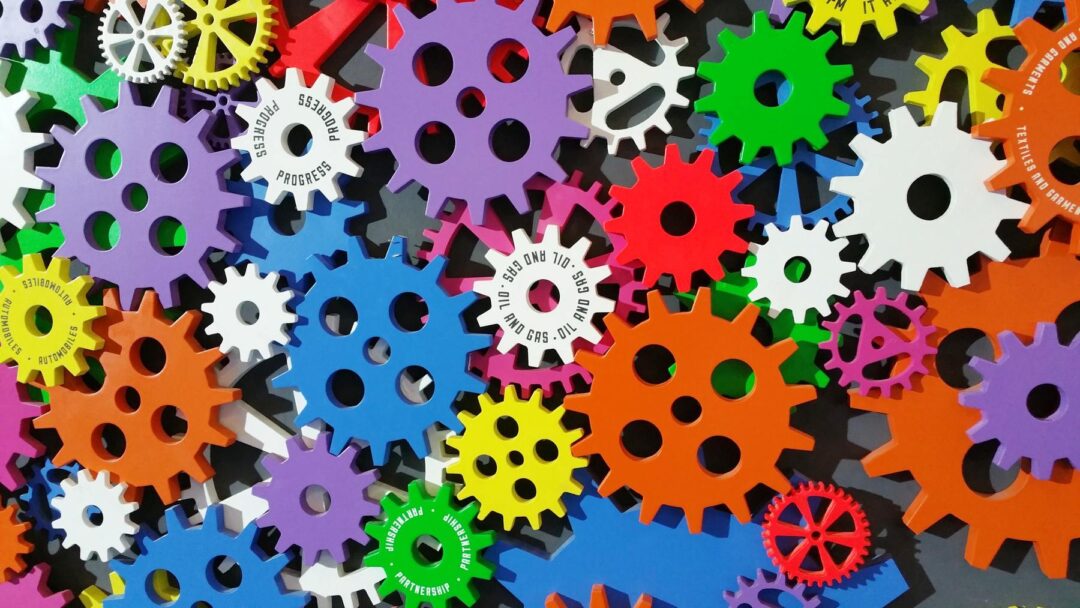Assessment and feedback in an online context: Self assessment

What’s the idea?
Moving from the classroom to online learning presents new challenges, including in the assessment and feedback practices you use. Many of the principles of good feedback and assessment can still apply to the online environment, they just need to be reframed to fit this new context. Regardless of the setting, there are some key considerations around assessments that teachers need to bear in mind.
The current environment necessitates that pupils take even more responsibility for their own learning, and self assessment can support them in doing so. This compact guide therefore looks at the principles of self assessment and how it can be applied to online learning.
What does the research say?
Self assessment applies the same principles as good assessment practice more generally, but relies on pupils’ ability to self-regulate. Pupils need to understand the goal of self assessment and it is important to help them develop an understanding of and a willingness to use self assessment in their learning. The following strategies are needed to enable effective self assessment: providing worked examples, defining clear success criteria, letting pupils assess their work against the success criteria and giving pupils time to work on areas that require further improvement.
How does it work in practice?
To support pupils’ self assessment, it is important to provide them with examples of what exactly it is that they are learning and should be looking for in their answers. Modelling is a good way to support pupils in developing that understanding. The challenge in an online environment is that you cannot easily add further clarification along the way as you might do in a classroom environment. This is where choosing the right example becomes even more important. It is important that pupils have examples of what their answers should look like but also the steps that are involved in getting to those answers. For example, if the learning objective of an arts lesson is to use perspective in a drawing, an annotated drawing and an illustration of the steps that were involved in reaching the final product can provide additional support. Non-examples can also be helpful here.
In addition to clear worked examples, specific success criteria are also important to support pupils in their self assessment. Pupils can then review their own work against the success criteria and use the worked example to figure out where they might have gone wrong. Once pupils have reviewed their work, they should have some time to work independently on those areas that they have identified as requiring further improvement.
Top tips
- Be clear about the purpose and benefit of self assessment.
- Provide pupils with clear worked examples that show the desired end product but also the steps that were involved in achieving it.
- Share clear success criteria with pupils.
- Once pupils have assessed their own work against the worked example and the success criteria, give them some time to address the areas of difficulty that they have identified.
Want to know more?
- Christodoulou D (2016) Making Good Progress? The Future of Assessment for LearningKnown as AfL for short, and also known as formative assessment, this is the process of gathering evidence through assessment to inform and support next steps for a students’ teaching and learning. Oxford: Oxford University Press.
- Evidence Based Education (2020) Assessment and feedback in an online context. Podcast available online
- Panadero E, Jonsson A, and Strijbos JW (2016) Scaffolding self-regulated learning through self-assessment and peer assessment: Guidelines for classroom implementation. In Laveault D and Allal L (eds.) Assessment for Learning: Meeting the challenge of implementation. Dordrecht: Springer.
About Evidence Based Education
Evidence Based Education provide online and in-person teacher CPD, practical tools and bespoke research and development. Find out more by visiting: evidencebased.education.










